For some people to like a piece of artwork, they need to see something in it.
My wonderfully inquisitive and intelligent late father in law was one such person. He simply couldn’t understand why someone would create, much less own, a work that didn’t depict an at least somewhat recognizable object.
It won’t surprise you to know that when he took up painting late in life, he favored landscapes and dabbled in portraiture. James was quite the thinker, so when he voiced an opinion, it was well worth listening to…except, perhaps, for this one.
I hope he can forgive me, but I’ve always been attracted to abstracts – both in art and in life. I like for some things to be hard to understand, a bit messy and imperfect. These are my arguments for a more conceptual style:
1. Color
I’ve always found Rothko’s work particularly inspiring, especially his early paintings. His use of color is astonishing, particularly at the edges of the color blocking. If you spend time really looking, you experience all of his layers of color. It’s more than just seeing them.
At first you miss the delicate apricot that plays a supporting role to lemon yellow and hot orange, but then you see it and realize how incredibly the colors develop together. His amethyst hues, his blue and greens – each one is masterfully partnered with another, but it is in the margins that you see the skill of his blending.

2. Composition
An abstract painting is so much more than just color on canvas. The color is significant, of course, but the layering of the palette also plays a significant role.
Madeline Denaro’s “Misfit” 2022 (through Dimmitt Contemporary Art), is a perfect example. You sense that you can see through the top layer of paint to glimpse something perhaps more turbulent beneath. This work also uses negative space in an interesting way. The upper right side of the painting gives the viewer a quiet place to rest their eye before diving back down into the ruckus below.
Abstract paintings also allow the quality of the brush stroke an opportunity to create a pattern without needing to be representative. It is simply pattern and texture for its own sake.

3. Emotion
No matter the art style or medium, it is the way a piece makes you feel that is important. And it is one of the reasons I think that non-pictorial work can be so successful.
You don’t have to connect to a landscape or a face. It isn’t about what the painting is, it is about what it means to the individual viewer. You can create your own story about the artwork.
On a recent trip to Santa Fe, New Mexico, I fell in love with this gesso painting by Mary Long at Owen Contemporary Gallery. It makes me feel strong, happy, and energized. And I see something new in it everytime I look at it.

4. Movement
While the gestures in the Mary Long pieces are bold and strong, abstracts can also be delicate. I love the feminine quality of the movement in Grayson Chandler’s watercolor, “Topiary”.
The tension between the soft pink and the inky black keeps your eye moving around the painting. Chandler works the space so beautifully. The vertical and horizontal movement punctuated by dots and splashes creates such interest.

5. Geometry
Of course much sculpture is also abstract in form. I think of Calder in particular, and his giant public art.
Geometric abstract sculpture has always seemed particularly approachable to me, and perhaps it is because you can see in them almost anything you want. A lot of the interest comes from the variety of medium, the texture, and the use of negative space. They are really constructions in my mind, and the simple forms seem very joyful.


